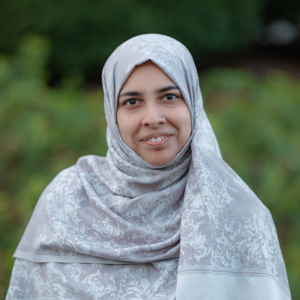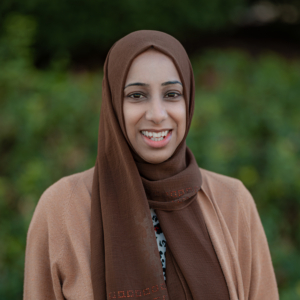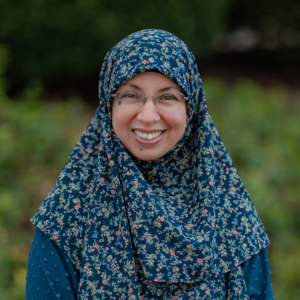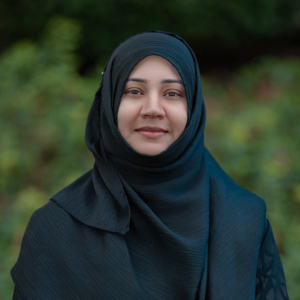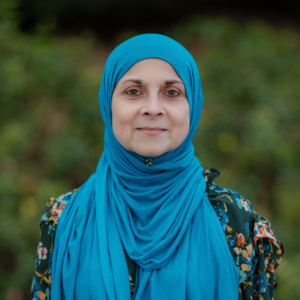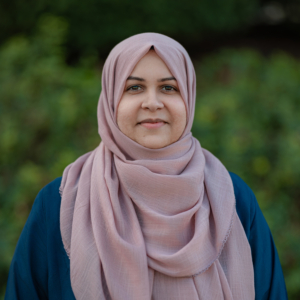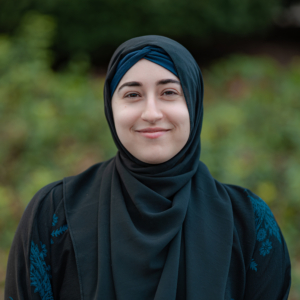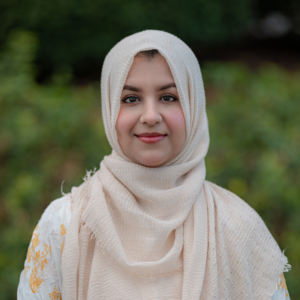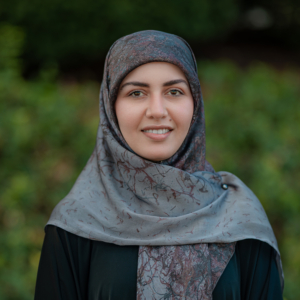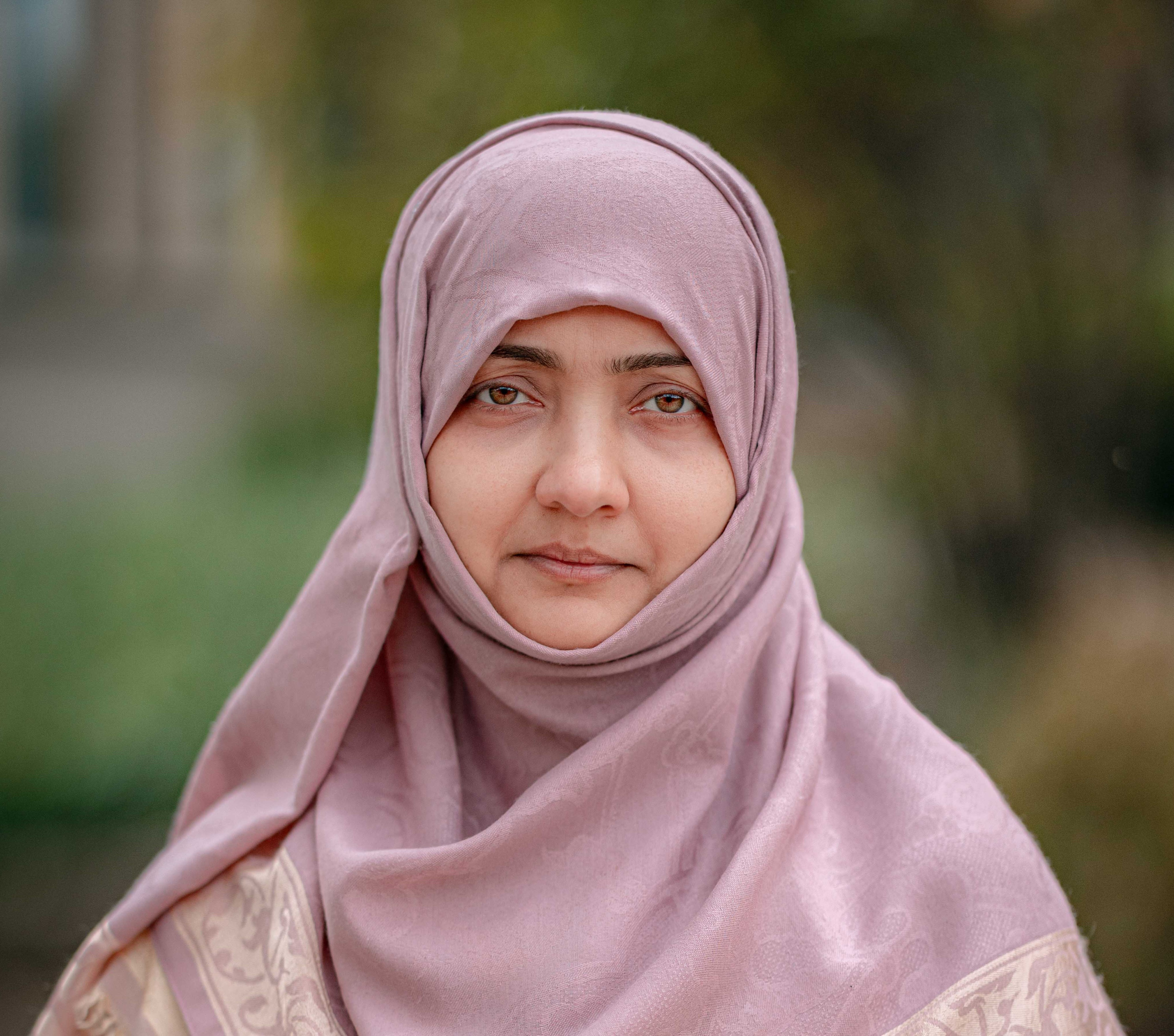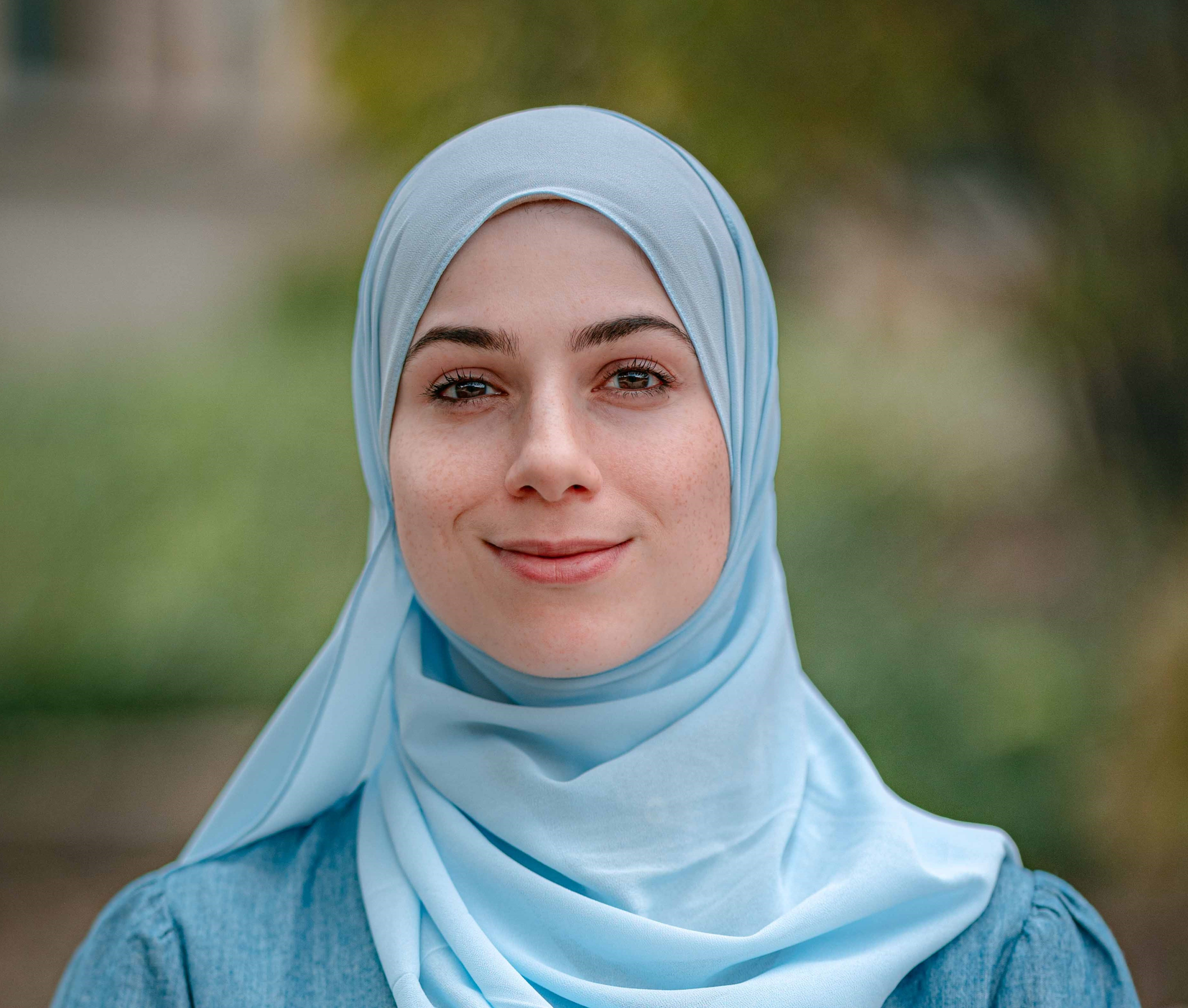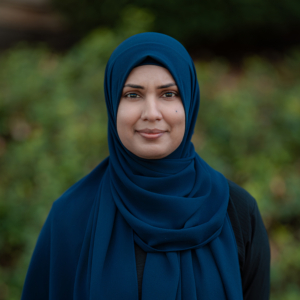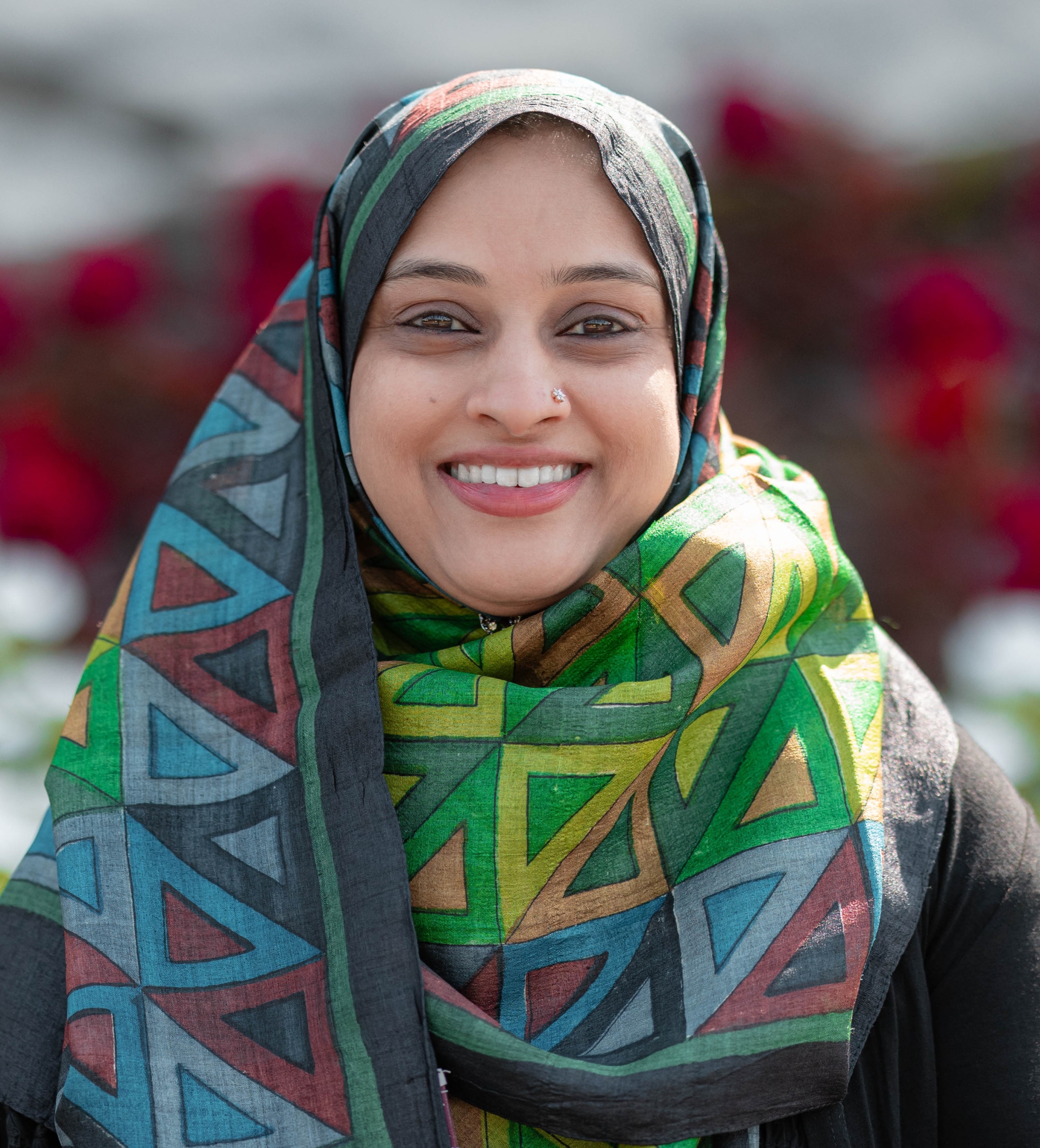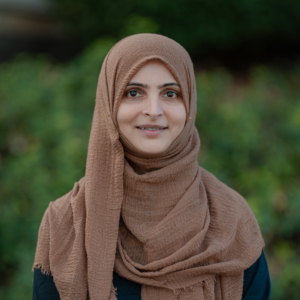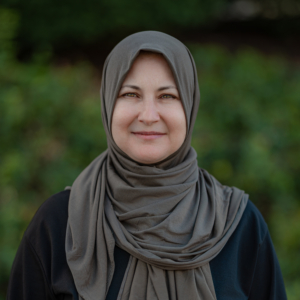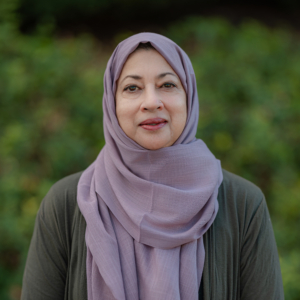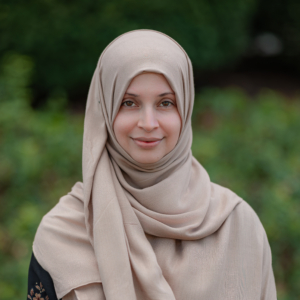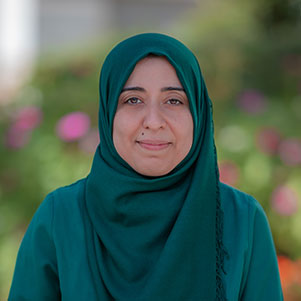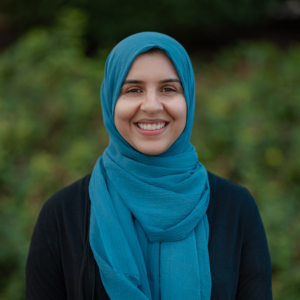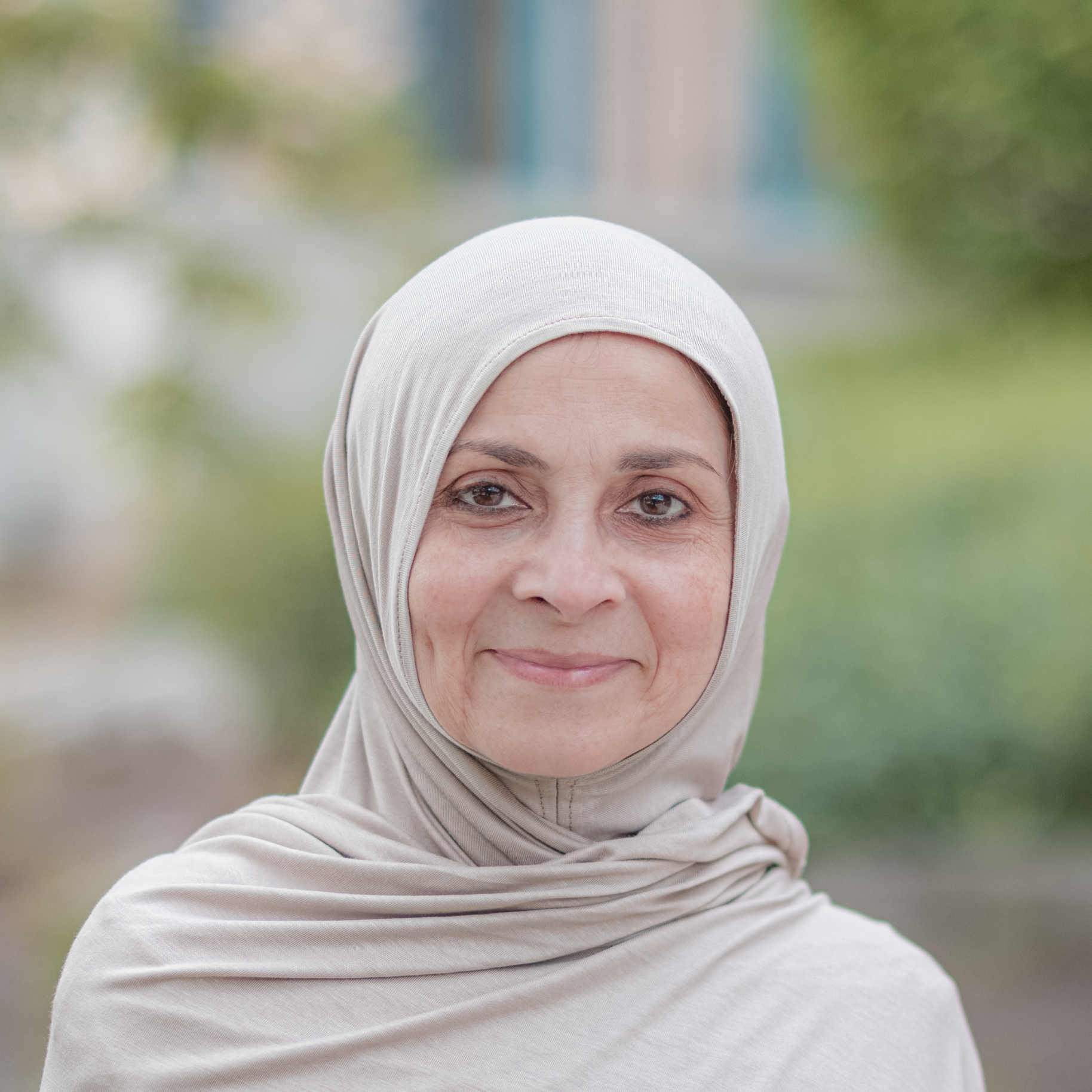The First Plane of Development
Maria Montessori said, “There was no method; there was only a child.” According to her, a child is actually the center of education and all practice should be built on that core.
At Unity Academy of Chicago, we believe in “following” the child. The role of a teacher is that of a guide, supporter, facilitator and, most importantly, observer. The children are provided with hands-on materials which are beautiful and inviting. As we know, learning is not linear and the materials are designed to allow each child to move at their own pace. In a Montessori classroom the children make active choices about the work they find most compelling. They are given uninterrupted time to deeply explore the work. The classrooms are multi-age to support the development of communities of collaborative learners.
According to Montessori there are four planes of child development. The first plane of development is from ages 0 to 6. From birth to age 3 years, children are like sponges. All learning takes place through exploration with the senses and interactions with the environment. During the second half of this plane, from age 3 to 6 years, children enter the conscious stage of learning. They learn by using hands-on materials provided in the prepared environment. Children develop a sense of order and physical independence at this stage. You will hear a lot of “I can do it myself.”
There is a sensitive period within the first plane of development when the child is most creative and highly motivated to learn. This is the time when the child learns best with hands-on materials provided by a prepared environment.
The Primary Program
In response to the needs of children in the first plane of development, our Primary curriculum is divided into five distinct areas:
Practical Life
Practical life in Montessori comprises the purposeful activities of everyday life which help a child to develop motor control and coordination, concentration, a sense of order, independence, fine and gross motor skills, and a sense of pride upon completing a task.
Practical life can be further divided into the areas of: care of self, care of the environment, care of the world, and grace and courtesy.
Sensorial
A child learns about the world through his senses. The information taken in at this stage (from birth to age 6) serves as the foundation for the development of the intellect. Maria Montessori developed and designed sensorial materials to refine the senses and powers of observation. These materials also help children compare, observe and reason, which are necessary skills for the study of Mathematics.
Mathematics
The mathematical mind is not built on abstract concepts or rote memorization but on concrete experiences that are real and tangible to the child. In a Montessori classroom the materials are designed to allow the child to work with the concrete until he internalizes the concept and can work independently with it. Children are presented with math in a fun and interesting way using materials such as the Stamp Game, Snake Game, and Banker’s Game among others.
Language
Language is the symbolization of thoughts. It is learned, so that one can communicate ideas, thoughts, wants, needs and emotions. Learning of language begins in the first few days after the child is born. By the age of six months, the child recognizes the basic sounds of language. They respond to a lot more words than they can actually say, which is why the child resorts to a lot of gesturing.
In the Montessori Method, we teach the sound (phonemic) awareness and skills that help with writing as early as three and a half when children show readiness. Children who are around four years of age begin to understand how sounds come together to make words. Readiness for reading occurs slightly later than writing in most children. Once a child has acquired a small number of sounds, they may be ready to embark on the creative process of writing. The Movable Alphabet allows children who are not yet able to write with pencil efficiently to express their ideas.
A great deal of care is taken in the Montessori environment to provide children with developmentally appropriate and fun language materials that appeal to the stages of their development and their sensitive periods.
Cultural Studies
The cultural area of a Montessori classroom is diverse and of great interest to a child. It invites exploration and experimentation as it opens the doors and windows of the world. Through lessons in geography, history, art, botany, and zoology, children will learn about their relationship to space, time, nature and each other.
It is in this area of the classroom that each child learns he has a special place as a citizen of the world. He is given the first lesson in cosmic education to give him a vision of the interconnectedness between different aspects of the natural world and the associated environments. Most importantly, through these cultural studies, children come to appreciate the power and compassion of the Creator, thereby initiating a relationship with Allah (swt).
Islamic Character in the Primary Program
The ultimate success will be for the pious ones! [7:128]
As human beings, when we look at the entirety of existence, we are struck with awe. Whether our gaze goes up to the limitless heavens, down to the subatomic level, outward to complex societies, or inward to the unfathomable soul, we see His Face. To live in this sense of awe is the state of taqwa or piety.
To engender taqwa and an Islamic character in our students is the primary aim of our school. Islamic character is a way of being in the world and not mere knowledge or skill. The Montessori method is well-aligned with this idea of character development and spirituality. Thus, we infuse our Montessori programs with acts of worship and the sources of divine guidance that can lead us to the “ultimate success.”
The Islamic character curriculum at the Primary level is structured to assist students in building a relationship with Allah (swt), the Quran, and the Ahlul Bayt (as) through the following approaches:
Quran & Arabic
The purpose of the Quran and Arabic curriculum at the Primary level is to introduce students to the language as a foundation for comprehension:
“Indeed, We have sent it down as an Arabic Quran so that you may apply reason.” [12:2]
To begin the journey of reading the Quran, it is important to learn the basics of the Arabic language. The goal is to be able to read age appropriate Quranic words while also applying the proper pronunciation as a precursor to the skill of tajweed.
Students are taught how to recognize and pronounce each letter of the Arabic alphabet. In addition, students begin to learn moveable letters, the short and long vowels, and how they are pronounced with each letter. This understanding is achieved through tracing letters and sensory activities. In addition to pronunciation, students eventually advance to writing by connecting the letters into words and short phrases.
Worship
At the primary level, children start practicing the prerequisites of worship. These prerequisites consist of learning the etiquette of salaah and memorization of Quran, adhkaar, supplications, and ziyaraat. Students participate in a teacher-led assembly every morning in which they are taught a short surah and dua which is reinforced through collective practice and repetition. Furthermore, teachers lead the formal prayer as students mimic the movements and recitation.
Virtues Calendar and Role Models
The touchstone of our Islamic tradition is in the two ‘weighty things’, the Quran and the Ahlul Bayt (as), which our beloved Prophet Muhammad (s) left for coming generations. Our goal is to continue to uphold this noble legacy by fostering a connection with the verses of the Quran and the Ahlul Bayt (as). Each month, students are introduced to Quranic virtues connected to significant dates in the Islamic calendar–virtues such as patience, truthfulness, and charity, all of which are exemplified by the Ahlul Bayt (as).
Object Lessons
Object lessons are used to make the Islamic character visible and tangible. One such object lesson that is reinforced every day is through the sixth verse of Surah al Fatiha:
“Guide us to the straight path” [1:6]
When this verse is recited in class, students begin to line up and walk in a straight line, thereby instilling the importance of staying on the right path as a way of life.


